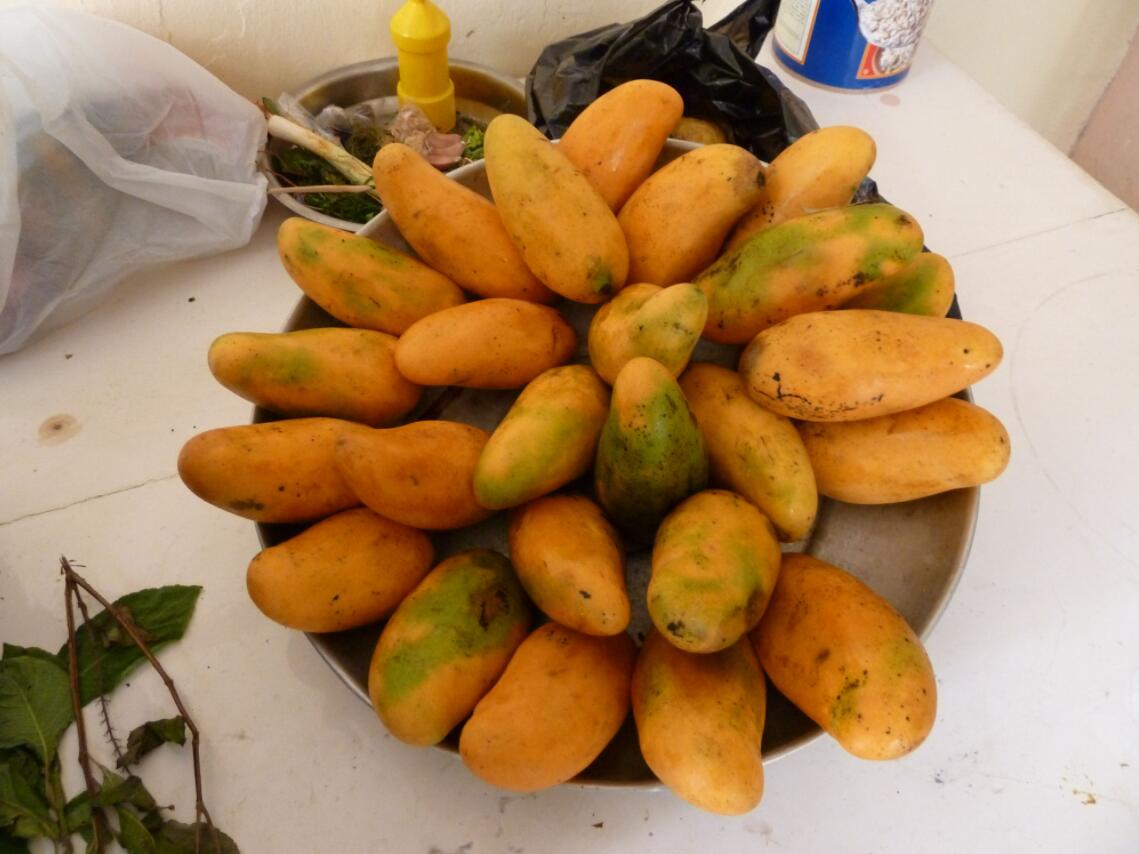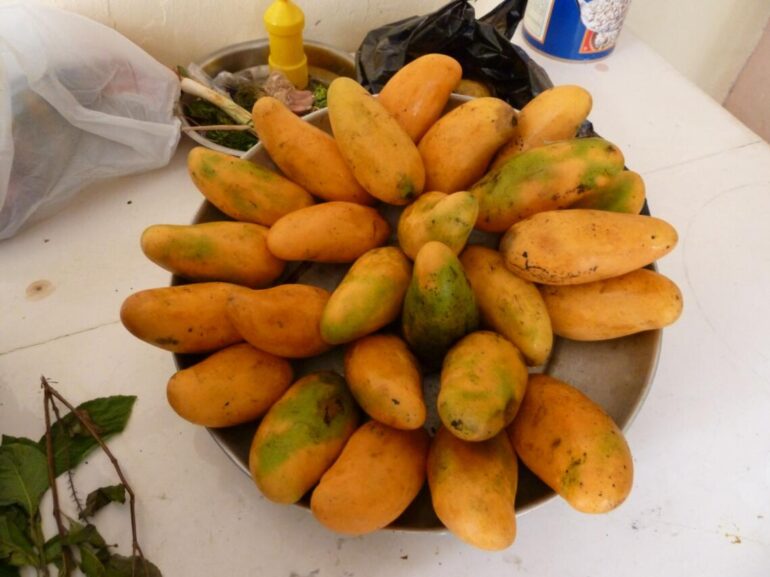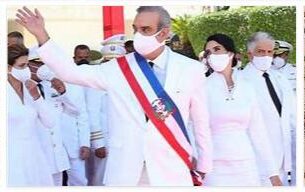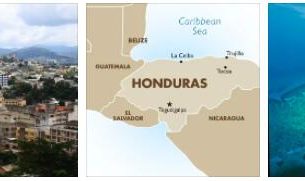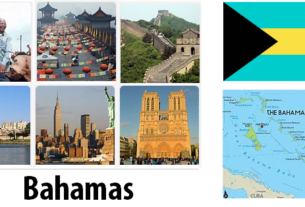Agriculture
The economy of Haiti is largely shaped by agriculture. It accounts for around 28% of GDP and around 60% of the population earn their living from agriculture. The main crops are coffee, mangoes, sugar and cocoa. In recent years, commercial banana cultivation has been re-established in Haiti to create a secure and sustainable economic foothold and jobs in the agricultural sector. Through erosion damage, triggered by the large-scale deforestation for the extraction of charcoal, today only 30% of the area of Haiti can be used for agriculture. Agriculture fell after 1994 when import tariffs on American agricultural products were lowered, making growing rice and sugar unprofitable for Haitian farmers. Whereas in 1986 the country was still able to produce 80% of its staple food needs itself, today it has to cover almost all of its staple food and consumer goods needs through imports.
Industry
Only 20% of the GDP is generated by industrial companies. The focus is on the textile industry and assembly companies, especially in the electrical sector.
According to themakeupexplorer, Haiti is a country located in Caribbean sea.The main employer in Haiti, along with numerous development aid organizations, is the state. The share of the administration and service sector in GDP is correspondingly high at 52%.
President Martelly has set himself the goal of attracting foreign investors to Haiti. To achieve this goal, a total of six industrial parks are planned, in which textile companies in particular are to be located. One of these industrial parks, the Parc Industriel du Nord Caracol near Trou du Nord in the north of the country with support from the World Bank and American and South Korean investors realized, and in October 2012 opened. However, this project does not all generate positive reactions. Environmentalists criticize the fact that valuable arable land in an area that is one of the most fertile regions of Haiti, through the settlement of industrial companies be destroyed. In addition, it is often doubted that the so-called sweat shops correspond to the ideal of sustainable economic development and are able to offer an economic and individual perspective.
Domestic and foreign trade
Haiti is almost entirely dependent on its most important trading partner, the USA; 83% of Haitian exports went to the US in 2019, 34% of imports came from the US in 2019. Other important export countries are the Dominican Republic, Canada, France and Mexico. Textiles represent the main export product with more than 80% of the export volume, followed by essential oils and agricultural products. Most of the goods are exported via the port of Port-au-Prince, which was badly damaged by the earthquake. Imports come not only from the USA, but also from the Dominican Republic (25%), China (16%) and Indonesia (4.3%). the most important imported products are refined petroleum, rice and textile materials. An export volume of US $ 1.21 billion in 2018 compared to an import volume of US $ 2.74 billion, resulting in a negative trade balance. A not insignificant part of GDP consists of remittances from Haitian emigrants, which in 2019 accounted for 32.54% of GDP.
Tourism
The World Tourism and Traveling Council puts the number of visitors to Haiti in 2008 at 600,000. At first glance, that seems like a lot, but from this number you have to subtract the Haitians entering the country with foreign passports, who cannot be described as tourists in the strict sense, as well as the employees of international aid organizations.
So far, the tourism industry in Haiti has mainly focused on cruise tourism in the north of the country. The Labadie peninsula was leased to the US company Royal Caribbean in 1986 and provides the majority of Haiti’s tourism income with around 350,000 tourists arriving each year, each of whom brings the Haitian state an income of US $ 6. Critics complain, however, that the area of Labadie is sealed off from the environment by high fences and extensive security measures and that the surrounding villages do not benefit from tourism.
After the earthquake, the development of tourism as an economic branch became the focus of interest. At first glance, this idea seems absurd, given the country’s political and economic situation. Above all, Haiti seems to have negative USPs: poverty, natural disasters, corruption and violence. On the other hand, it also has conventional tourist attractions such as dreamy tropical palm beaches. Other tourist attractions could include the citadel and the remains of Sanssouci Palace near Cap Haitien, but also the old coffee- trading town of Jacmel with its arcade houses from the 19th century. The establishment of ecotourism in the Macaya Regional Park is also being considered. The region around Les Cayes and Port Salut in the south is currently experiencing a tourist boom. Numerous new hotel buildings are being built, in which above all wealthy Haitians and foreigners living in Haiti are looking for relaxation. Due to the numerous investments in this area, Haiti as a tourist destination has increasingly attracted the attention of consumers in recent years, which was made clear by the interest in this country at the ITB 2014. This development was due to the relocation of the carnival further supported in annually changing cities in the province.
In view of the still difficult security situation, the model of the all-inclusive vacation based on the Dominican model is often favored, as it allows extensive security precautions and promises the greatest economic success. However, considerations are also being made regarding the implementation of “green” tourism apart from the flat-rate sector.
